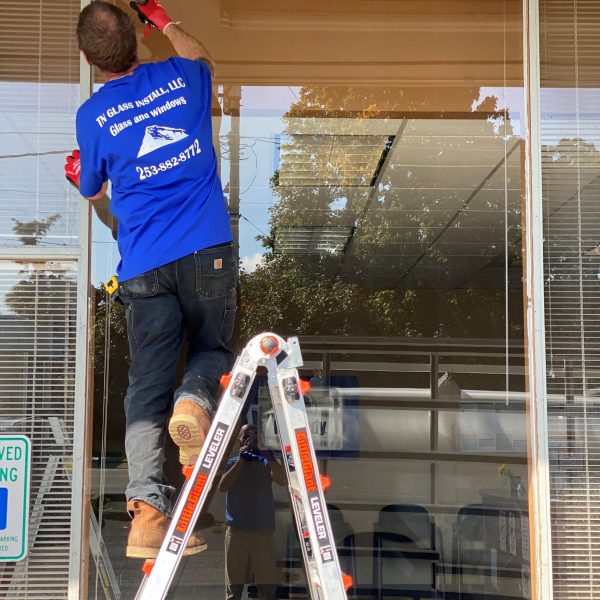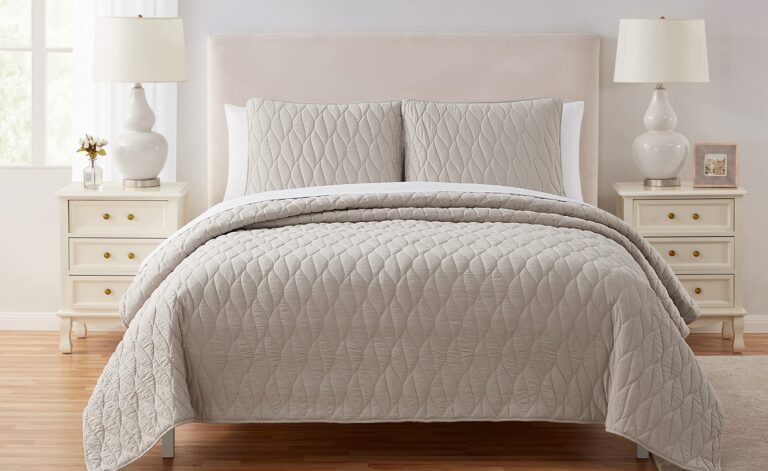The Importance of Office Desk Layout in Open-Plan Work Environments
Office Desk Layout in Open-Plan Work environments have become a hallmark of modern office design, celebrated for their ability to foster collaboration, improve communication, and create a sense of community among employees. However, the success of an open-plan office hinges significantly on one critical element: the desk layout. The arrangement of office desks can influence everything from productivity to employee satisfaction, making it a key factor in the overall effectiveness of the workspace. In this article, we’ll explore the importance of office desk layout in open-plan environments and offer insights into how to create a layout that balances collaboration with individual needs.
The Role of Desk Layout in Open-Plan Offices
The layout of office desks in an open-plan setting is more than just a matter of aesthetics; it directly impacts how employees interact, focus, and feel within the Office Desk Layout in Open-Plan Work. Here are some of the key roles that desk layout plays in open-plan offices:
- Facilitating Collaboration: One of the primary reasons companies choose open-plan offices is to encourage collaboration. The desk layout can either enhance or hinder this objective. Desks arranged in clusters or pods can make it easier for team members to communicate and share ideas, leading to more spontaneous collaborations. Conversely, desks placed in linear rows may create physical and psychological barriers, making employees less likely to engage with one another.
- Balancing Privacy and Interaction: While collaboration is essential, employees also need moments of privacy to concentrate on individual tasks. A well-thought-out desk layout can strike a balance between these needs by incorporating elements like partial partitions, acoustic panels, or strategically placed plants. These features can help reduce noise and visual distractions while still maintaining an open and accessible environment.
- Supporting Workflow Efficiency: The layout of desks should reflect the workflow and organizational structure of the company. For instance, grouping desks by department or project teams can streamline communication and decision-making processes. Additionally, placing desks in proximity to shared resources, such as printers, meeting rooms, or storage areas, can minimize disruptions and improve overall efficiency.
- Enhancing Employee Well-being: Employee well-being is closely tied to the physical work environment. A thoughtful desk layout can contribute to a more comfortable and healthy workspace. Considerations such as access to natural light, proper ventilation, and the inclusion of ergonomic furniture are all essential to creating a layout that promotes physical and mental well-being. Moreover, providing employees with some degree of control over their workspace—such as adjustable desks or flexible seating options—can lead to greater job satisfaction and reduced stress.
- Reflecting Company Culture: The layout of an office can serve as a tangible expression of a company’s values and culture. For example, a company that prioritizes innovation and creativity might opt for a more dynamic and flexible desk arrangement, with spaces for brainstorming and informal meetings. On the other hand, a company focused on efficiency and precision might choose a more structured layout with clearly defined work zones.
Designing an Effective Desk Layout in Open-Plan Offices
Designing an effective desk layout in an open-plan office involves careful consideration of various factors, including the nature of the work, the preferences of the employees, and the overall goals of the organization. Here are some key principles to keep in mind:
- Understand the Needs of Your Team: Before deciding on a desk layout, it’s crucial to understand the specific needs of your team. Conduct surveys or hold discussions to gather input on what employees need to perform their jobs effectively. Some may prefer a more collaborative setup, while others might require quieter areas for focused work. Understanding these needs will help you create a layout that supports everyone.
- Promote Flexibility: The modern workplace is dynamic, with teams and projects constantly evolving. A flexible desk layout that can be easily reconfigured is essential in an open-plan office. Modular furniture, movable partitions, and multi-purpose spaces can allow the office layout to adapt to changing needs without significant disruption.
- Incorporate Zoning: Zoning is a technique that involves creating distinct areas within an open-plan office for different types of activities. For example, you can design zones for collaborative work, quiet concentration, and socializing. By clearly defining these zones, you can help employees navigate the space more effectively and reduce conflicts between different work styles.
- Prioritize Ergonomics and Comfort: Employee comfort should be a top priority in any desk layout. Ensure that desks are arranged in a way that allows for proper ergonomics, such as adjustable chairs and desks, appropriate lighting, and minimal glare from screens. Comfortable employees are more likely to be productive and satisfied with their work environment.
- Consider Acoustics: Noise is a common challenge in open-plan offices, and the desk layout can either exacerbate or mitigate this issue. To reduce noise levels, consider using acoustic panels, carpeting, and sound-absorbing furniture. Additionally, placing quieter work areas away from high-traffic zones can help create a more peaceful environment for focused tasks.
- Encourage Personalization: Allowing employees to personalize their workspace can make them feel more comfortable and invested in their work. Even in a shared environment, small touches like personal decorations, photos, or plants can help employees feel more at home.
Case Studies: Successful Open-Plan Desk Layouts
To illustrate the impact of desk layout in open-plan environments, let’s look at a few case studies of companies that have successfully implemented effective layouts:
- Google: Google is known for its innovative office designs that promote creativity and collaboration. In their open-plan offices, desks are often arranged in clusters, with ample breakout areas for impromptu meetings. The inclusion of quiet zones and private pods ensures that employees have spaces for focused work as well.
- Airbnb: Airbnb’s office layout reflects its culture of openness and community. Desks are arranged in open clusters to encourage interaction, while large communal tables in common areas provide space for team collaboration. The layout is flexible, allowing teams to reconfigure their workspace as needed.
- Microsoft: Microsoft’s open-plan offices are designed with a focus on flexibility and employee choice. Desks are modular and can be easily reconfigured, and employees are encouraged to choose the work environment that best suits their tasks—whether that’s a quiet corner, a collaborative pod, or a standing desk.
Conclusion
The layout of office desks in an open-plan environment is a critical element that can significantly influence the success of the workspace. By carefully considering the needs of employees, promoting flexibility, and balancing collaboration with privacy, companies can create a desk layout that enhances productivity, supports well-being, and reflects their organizational culture. As the workplace continues to evolve, the importance of thoughtful desk layout in open-plan offices will only grow, making it an essential consideration for any forward-thinking organization.







